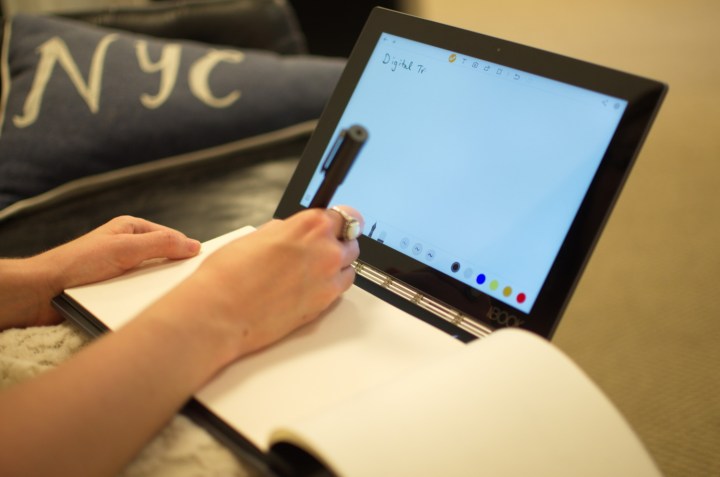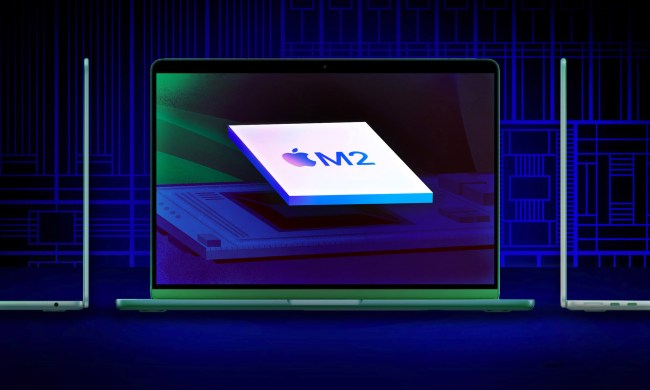
During the interview, Meredith nodded to the current saturation of Chromebooks in the educational system, stating that the company “had a lot of interest” in providing a Chrome OS-based solution with the benefits of the Yoga Book’s form factor. It’s a thin and light 2-in-1 PC sporting a 10.1-inch screen, a unique touch-based Halo keyboard, and support for a real-ink stylus. The peripheral will work on the Chrome OS-based version as well, he said.
“Over time, we probably see the Android and Chrome versions melding together, especially based on the fact that we’ve now seen Chrome roll out the Google Play store capability into Chrome,” Meredith said. “We’ll probably maintain the three distinctive products throughout this year at least.”
A Chrome OS version of the Yoga Book should help boost sales in the United States. According to Meredith, Yoga Book sales have been great in China, Germany, and Japan. However, sales in the U.S. thus far are only “just average.” By expanding the Yoga Book family into Chrome OS territory, Lenovo just might see additional revenue generated from the educational sector.
The Yoga Book is sold exclusively though Walmart in the U.S. Meredith said that’s going to change in 2017, as Lenovo has signed a deal with other brick-and-mortar retailers to carry Yoga Books. That will definitely help generate more sales, especially if the Yoga Book finds its way onto Best Buy store shelves.
Chrome OS is Google’s open-source response to Microsoft Windows PCs. It’s based on Linux and uses the Chrome browser as the main user interface. It relies heavily on the internet and web-based applications so that almost nothing is downloaded and stored locally on the device’s hard drive. However, Google just updated Chrome OS to support the Google Play Store in September, enabling users to download, install, and use Android apps alongside native Chrome web-based apps.
It’s understandable that Lenovo will eventually merge the Android and Chrome OS Yoga Books together in the near future. In fact, Lenovo might just toss the Android model out the window altogether given that Chrome OS now supports Android apps and games.
Currently, the Android version of Lenovo’s Yoga Book has a starting price of $500, and comes in three colors: black, gunmetal grey, and champagne gold. It’s powered by an Intel Atom x5-Z8550 processor, and has 4GB of LPDDR3 system memory and 64GB of internal storage. The Yoga Book with Windows 10 has a starting price of $550, and is essentially the same as the Android version save for the installed operating system. Both come with Lenovo’s cool Real Pen peripheral for drawing and taking notes directly on the screen.


